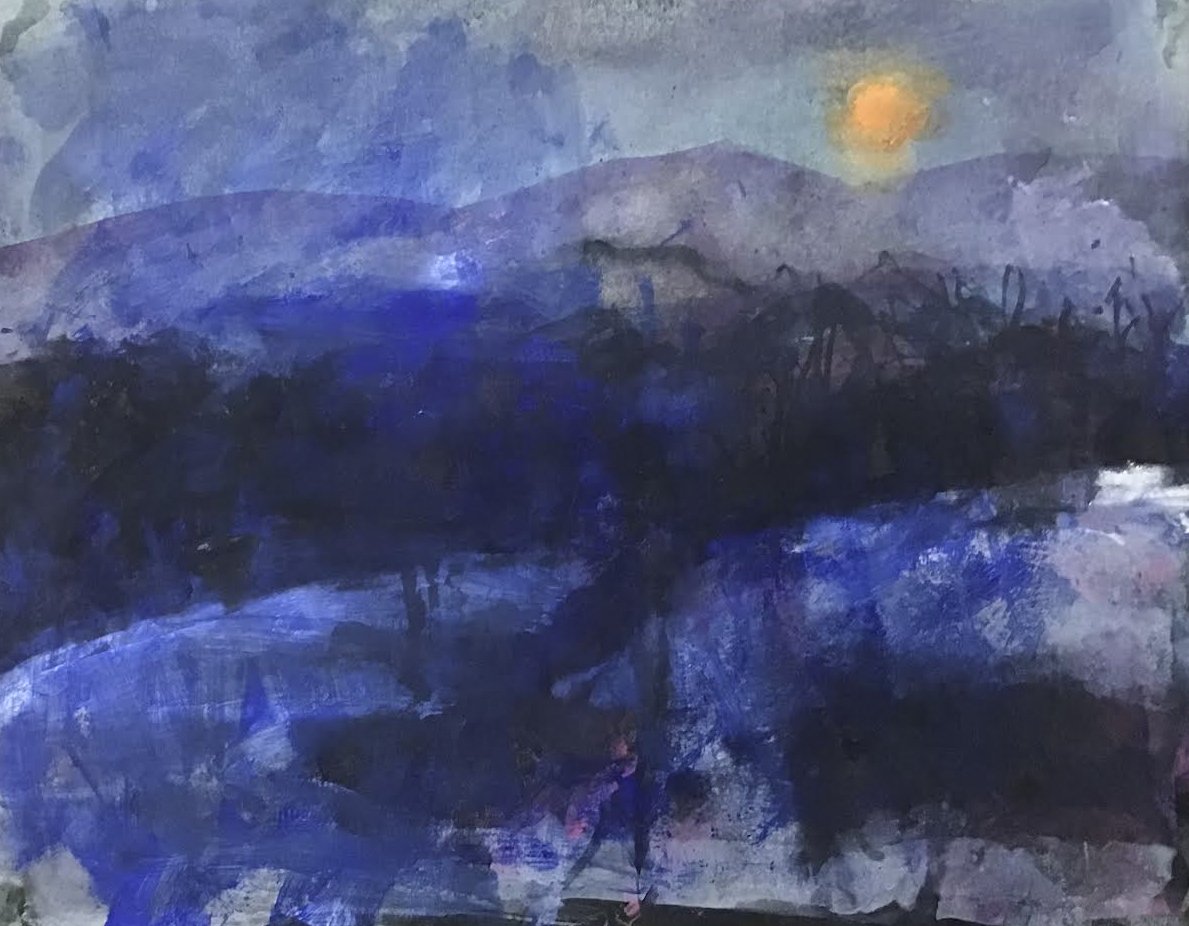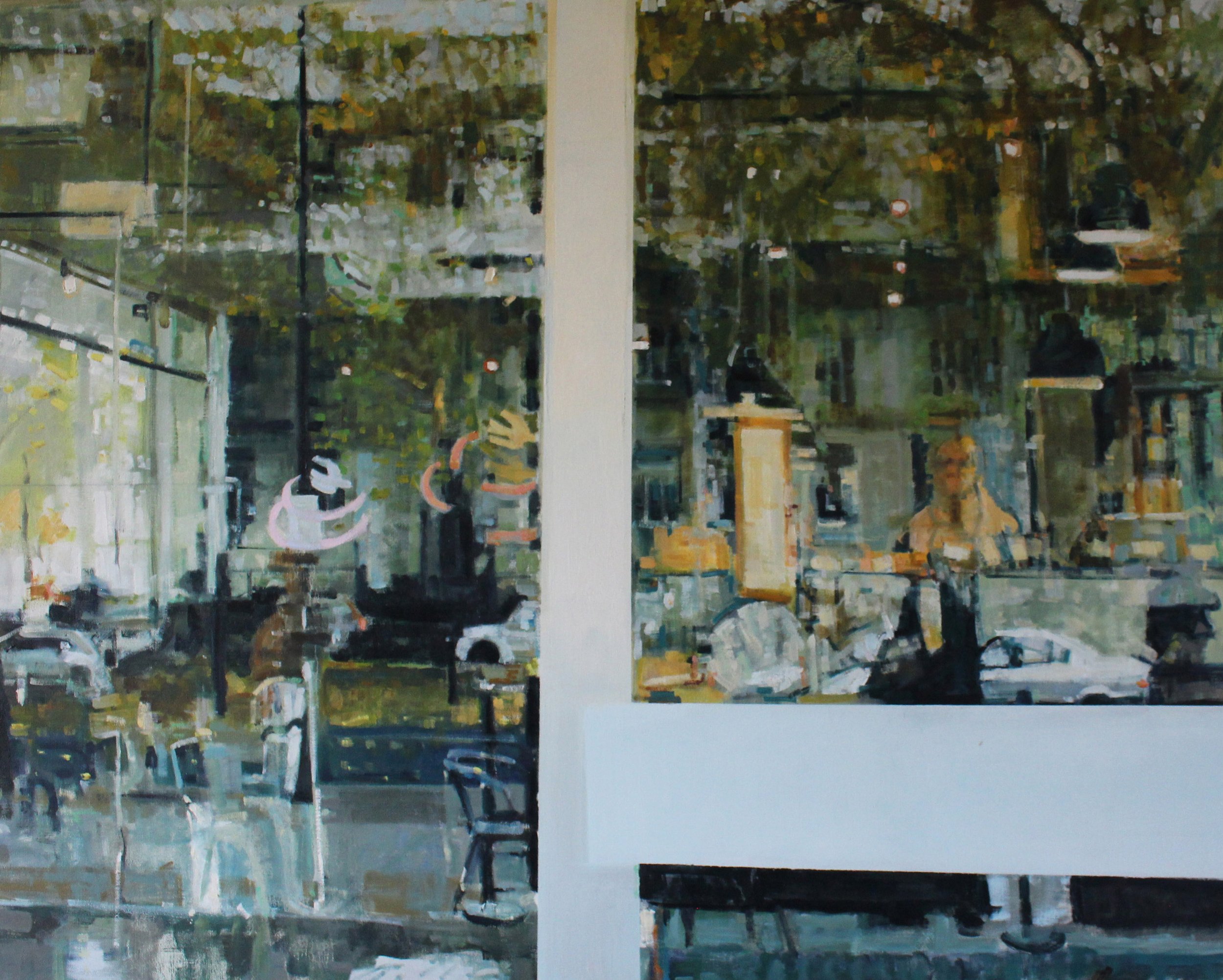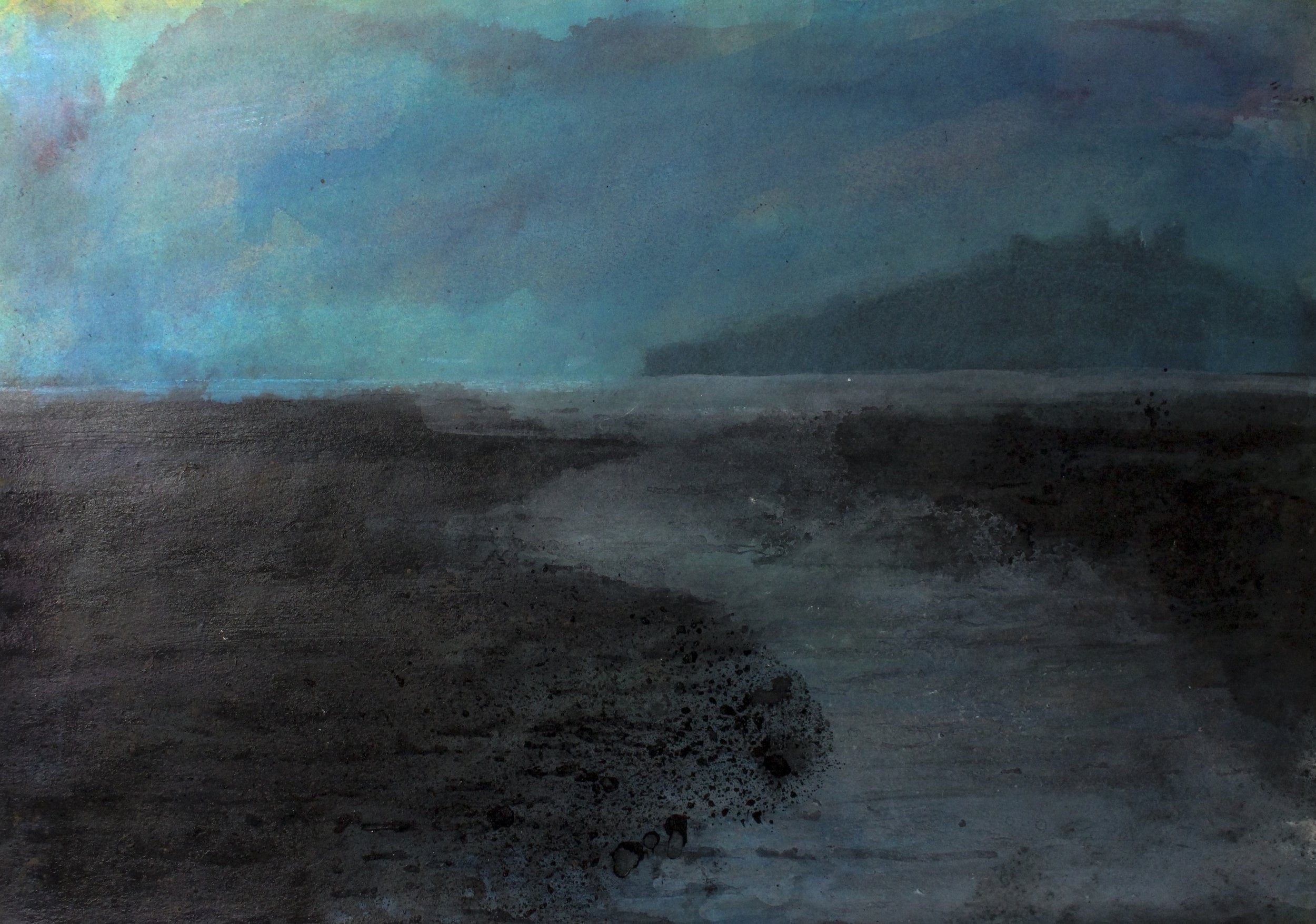ARTIST INTERVIEW: Kumar Saraff
Please introduce yourself. What inspired you to pursue a career in art?
Hi, my name is Kumar Saraff, I've always made drawings. As a child I'd have a pile of scrap paper my dad had brought back from work, and using a ballpoint pen I’d make drawings; loads of them. One day it might be undersea worlds, another day vehicles, another dinosaurs battling; the kind of thing kids are interested in. I suppose I’d developed a confidence in mark making, I don't remember ever worrying if something was right or wrong, after all the paper was free, I'd just make another drawing. My creative confidence and a lack of application at school, led me on a journey through college culminating in a post graduate in Fine Art at the Royal Academy Schools in central London.
What do you admire about traditionalist artist’s paintings such as; Turner & Constable. How have you incorporated classical influences, whilst adding a fresh twist?
For me, Turner is the original impressionist/abstract artist, I've never really understood how he was popular in his own time, he seems way out there compared with his contemporaries. Constable was also producing impressionistic work but in sketch form and preliminary works, that got worked up into “acceptable” exhibited works. What I take from these artists and others is a joy of the substance of paint, playing with colour, changing a colour using a colour you place next to it, or change a colour when you wash another colour over it, and then there's the variety of textures that can be produced by paint on surface.
What do you look for in a potential scene to paint? What do you believe are the characteristics of a strong composition?
I never go looking for a scene, I know if I get out there I’ll find something I can use, or I often revisit the familiar. If I’m on a new site, the most important thing for me is to stick with the first place that talks to me, otherwise there's always the risk the best is forever just around the next corner. In terms of what makes a scene talk, I’m attracted to contrast, colour texture, light, and everything gets interesting in the extremes.
You use a variety of mediums in your practise. How do they reflect the mood/narrative of your work? Which is your favourite medium and why?
I don't have a favourite medium. I see everything I use as a tool, or like words in a thesaurus that I can use whenever I hit a problem to add to my vocabulary. I don't start a piece knowing how it will finish, in fact for me the artistic journey should be a fight, and the finished piece hanging on a gallery wall should leave me thinking, how did I do that?
Thinking about ‘Reflection, Cheltenham', how did you come up with the concept? What was your process from start to finish?
The painting ‘Reflection, Cheltenham’ was a good example of a scene that “talked” to me. I was visiting Cheltenham and I was waiting outside a cafe. The building had obviously been built as modern retail space with floor to ceiling plate glass facing the street. The sun came out from behind a cloud and suddenly I had a giant mirror in front of me reflecting Georgian town houses and trees, with the inside of the cafe appearing underneath. I had a camera with me, so I took some shots.
On my return to the studio, I manipulated the photos, ending up with a series of images, with heightened contrast, colour and maybe even a black and white version. The painting measures a metre in its longest dimension and a little shorter the other way. I think I wanted it to be fairly large to give me some sense of the large windows and give me some room to play. I put a grid on the canvas and used the photographic images like a reference drawing, plotting key reference areas, and then just playing with colour and shapes, ending up with a painting I have no idea how I made. l spent a lot of time looking, more time looking than painting.
How does your work reflect you as an individual?
If my work reflects me as an individual, then it would be my flexibility; make a plan, see what happens, if it works, great, if not, change the plan. That is how I paint and make.
What thoughts and feelings would you like to evoke from the viewer?
What someone takes from my work is the final piece that completes the work. I make the painting, throw some paint around, struggle to resolve the piece and end up with something I think works for me at that moment. Sometimes I’ll look again the next day and think hmmm - but that’s my experience. Everyone brings their own thing to a painting.
Out of all your artwork, which piece are you most proud of and why?
Lots of creative people say this, but it's true, the last painting or show is my favourite. Having said that, looking back at old work is really interesting for me. I made a painting called ‘That day in the garden’, it seems to have a narrative, but it’s not clear what's happened, I like that mystery.
What has been your biggest achievement so far as an artist? Has there been any challenges?
As an artist there should always be creative challenges, otherwise you get too comfortable and your art will suffer. I don’t know what my biggest achievement has been, anyone reacting to my work is great.
Why do you think art is important in society?
Art reflects society, but through the filter of the artist's mind. The best films, music, drama, literature and art, should make the observer say, ‘Oh, I see now’, or at the very least ‘That’s an interesting idea’.
https://www.kumar-saraff.com










